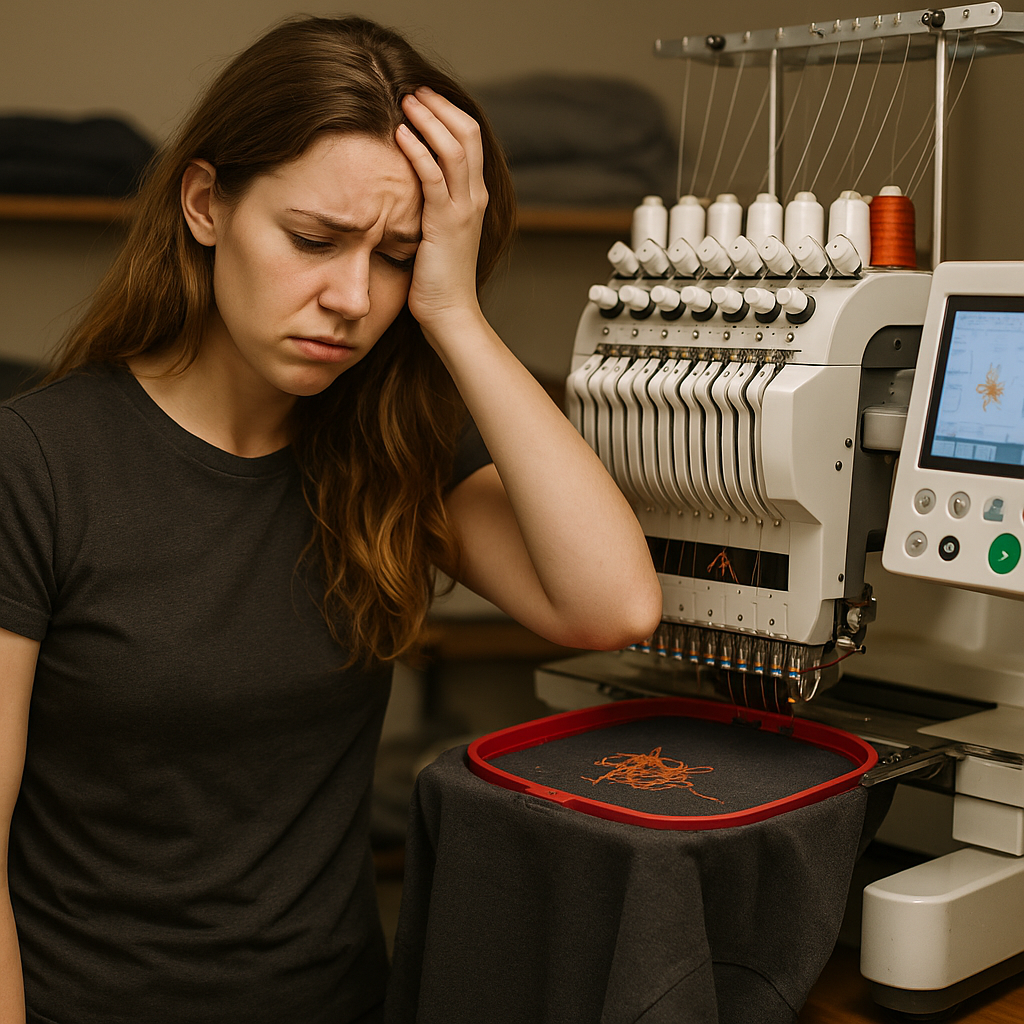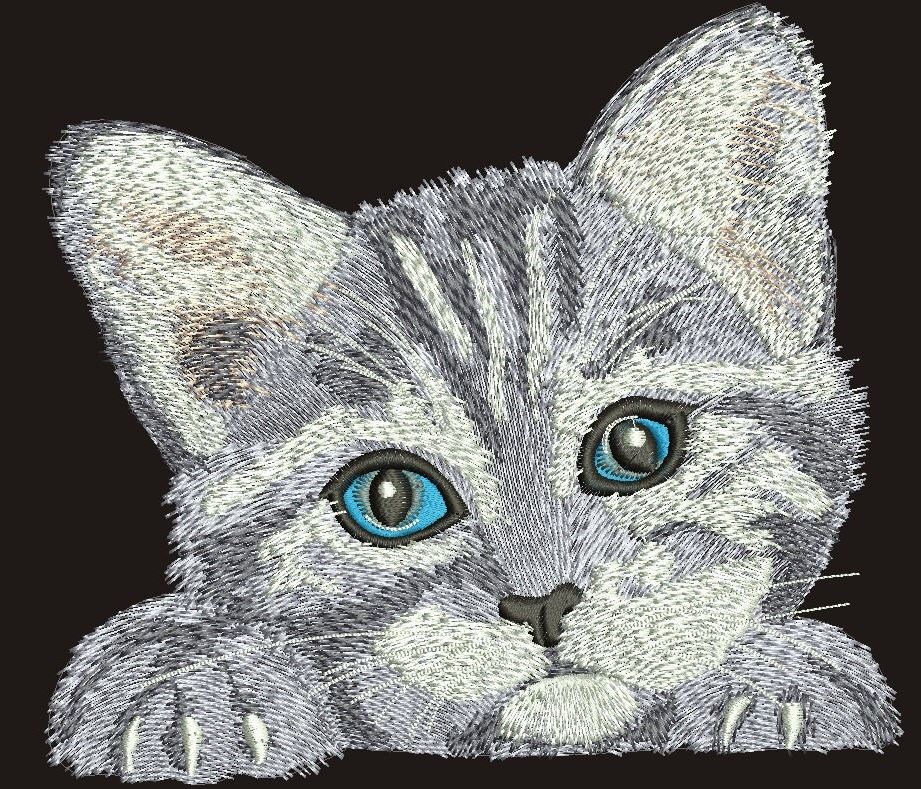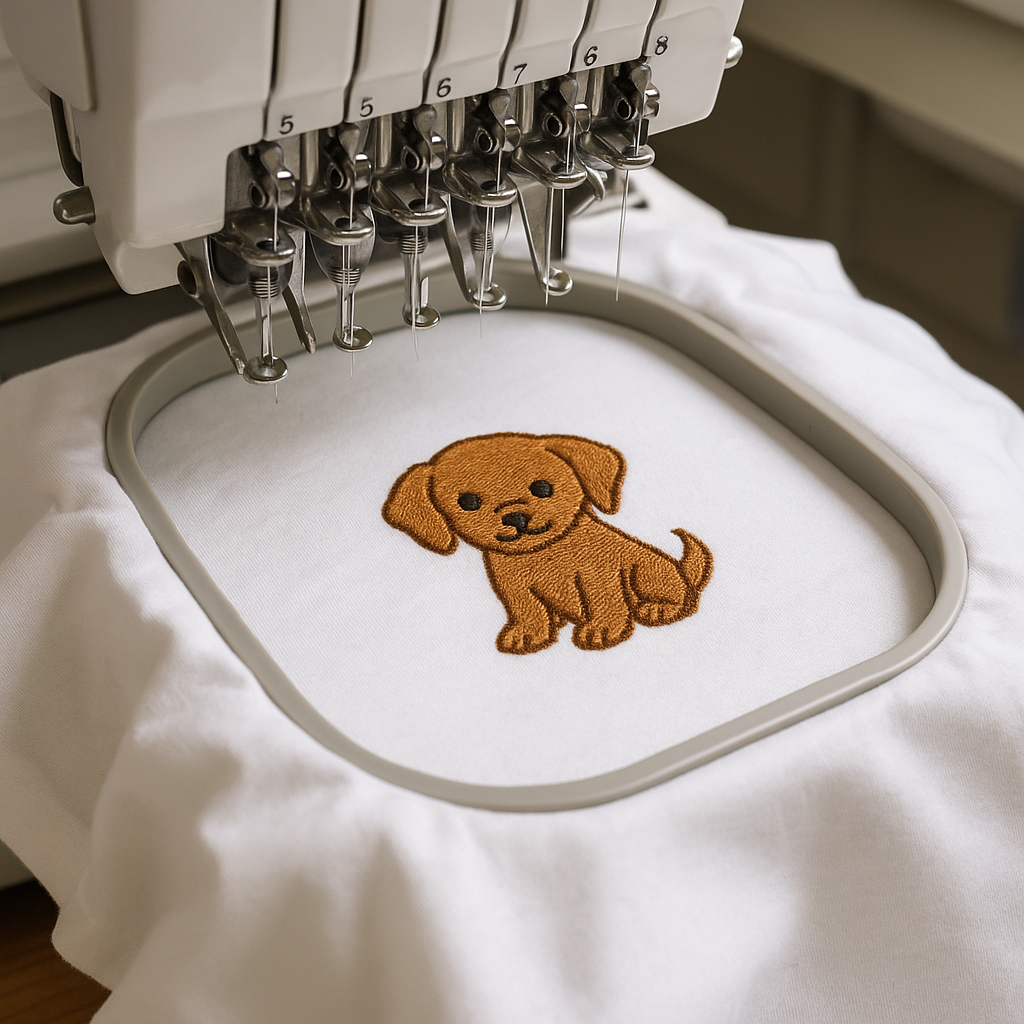News
5 Truths About the Embroidery On Demand Industry No One Tells You
At first glance, embroidery on demand looks like a dream business. You imagine sitting at your desk, watching a digital embroidery machine bring beautiful designs to life on soft cotton shirts. Customers place orders, and you fulfill them at your own pace. It feels artistic, flexible, and even therapeutic. And it is—until reality sets in.
For those who’ve never worked in embroidery on demand, the idea often seems simple: combine custom embroidery with e-commerce platforms, use automation where possible, and let social media take care of marketing. But the truth? This industry is a delicate balance between craft and commerce, where success demands more than a passion for thread and fabric.
If you’re thinking about diving in—or if you’re already knee-deep and wondering why it’s harder than you expected—here are five truths no one tells you about embroidery on demand.
The Machine Is Not the Hardest Part—Your Time Is
Many beginners believe that buying a good embroidery machine is their biggest hurdle. They research models, compare hoop sizes, read endless reviews on tension settings and stabilizer brands. And yes, that’s important. But once the machine is in your workspace, you’ll realize it’s not your biggest challenge. Your time is.
Embroidery is slow. Digitizing the right design can take hours. Setting up the hoop, testing threads, re-hooping after one small mistake—it all adds up. Unlike print-on-demand, where a design can be uploaded and printed within minutes, embroidery on demand demands labor and presence.

Once orders start coming in, your schedule becomes unpredictable. One customer wants a rush order. Another wants a very specific font that doesn’t stitch cleanly. And if a thread breaks midway through a job at 11 p.m., you stay up to fix it—not because you want to, but because embroidery isn’t something you can “finish later” once you’ve started a piece.
Time isn’t just money here. Time is patience, reputation, and sleep.
Not Every Design Is “Embroidery-Friendly” (Even If It Looks Great on Screen)
This is a truth you often learn the hard way. A customer sends a beautiful, colorful logo. It looks crisp, professional, and perfect on your screen. You digitize it, stitch it, and—disaster. The details blur, the lines are too fine, the text is unreadable, and the entire shirt puckers like it’s been attacked by a spider.
Unlike other printing methods, embroidery deals with physical constraints. Threads have weight. Fabrics stretch and shift. A line that’s one pixel wide in a digital design might be impossible to reproduce with a needle and thread.

Even worse, customers don’t always understand these limitations. They might ask you to embroider a watercolor painting or a complex anime character with facial expressions. You’ll have to be the one who explains (diplomatically) that embroidery isn’t magic. And sometimes, you’ll have to say no to an order—something no one enjoys doing, especially when you’re still trying to build your brand.
This is where true professionalism in embroidery lies: knowing your craft well enough to set boundaries, not just fill orders.
“Custom” Means Chaos Unless You Build Systems Early
Personalized embroidery is charming. It’s why many people prefer it over mass-printed items. A name on a baby onesie. A favorite quote on a hoodie. A wedding date stitched on a handkerchief. Each piece feels personal, one-of-a-kind, and made with love.
But as your business grows, personalization becomes a potential source of chaos.
If you don’t create a system for collecting names, fonts, colors, placement details, and approval steps, mistakes will pile up. One incorrect letter, one wrong thread color, one missed apostrophe—and you have an angry customer, a wasted product, and a hit to your confidence.

It’s not uncommon for embroidery on demand sellers to redo an entire piece because the customer changed their mind about the font size after you’d already started stitching. Or to realize that two customers named “Sara” wanted their names spelled differently—one with an “h,” one without.
You need a structure. Forms. Templates. Checklists. A habit of confirming every order twice before hooping. Because in a business where every product is technically “one of one,” the margin for error is razor-thin.
It’s an Emotional Business—And That’s Both a Gift and a Trap
Many embroidery on demand products are given as gifts. They mark milestones: birthdays, graduations, weddings, retirements. Your work is involved in some of the most meaningful moments of someone’s life. That’s a beautiful thing. But it also means your business is entangled with emotion.
Customers may cry with joy when they receive a memorial piece with their grandmother’s handwriting stitched on it. Others may become upset if an order doesn’t arrive in time for an anniversary. You’re not just selling fabric and thread; you’re delivering sentiment.

This emotional weight can be draining, especially when you’re working alone. The pressure to make everything perfect becomes intense—not because your customers are cruel, but because you care. And over time, caring a lot can burn you out if you don’t protect your own boundaries.
That’s why it’s important to remind yourself regularly: you’re running a business. Empathy is vital, but it has to coexist with policies, deadlines, and rest.
You Can’t Grow Without Letting Go of “Perfect”
If you’re a perfectionist, embroidery will test your soul.
In the beginning, you’ll probably stitch every order yourself. You’ll triple-check every satin border, adjust every jump stitch, and feel sick to your stomach when a design doesn’t look exactly like you imagined.
That’s natural. Embroidery is precise, tactile, and beautiful. But if you want to grow—truly grow—you will reach a point where perfection has to step aside for sustainability.

This might mean outsourcing some parts of your process, like digitizing or shipping. It might mean training someone else to use your machine. It could mean accepting that some orders will ship with tiny flaws only you notice.
The embroidery on demand industry rewards those who are both artists and operators. You can still care deeply about the quality of your work—but you’ll have to evolve from being a solo maker into a systems thinker if you want to keep going long-term.
Growth doesn’t mean giving up your standards. It means recognizing that consistency, not perfection, is what builds trust—and revenue.
So, Is It Worth It?
Absolutely—if you know what you’re walking into.
Embroidery on demand is not passive income. It’s not always aesthetic, and it’s not always easy. But it is deeply rewarding. You get to create beauty with your hands. You witness customers light up over small, personal details on the embroidered shirt they receive. You see your craft travel to different corners of the world. And you grow—not just as a business owner, but as a maker, communicator, and problem-solver.
Just don’t expect the industry to hand you success wrapped in tulle and tied with a pink satin bow. You’ll need sharp needles, thick skin, and the willingness to sew through your doubts, stitch by stitch.
Because in the end, no one tells you this either: embroidery on demand isn’t just a business. It’s a lifestyle. And once it gets into your hands and your heart—it’s hard to let go.


